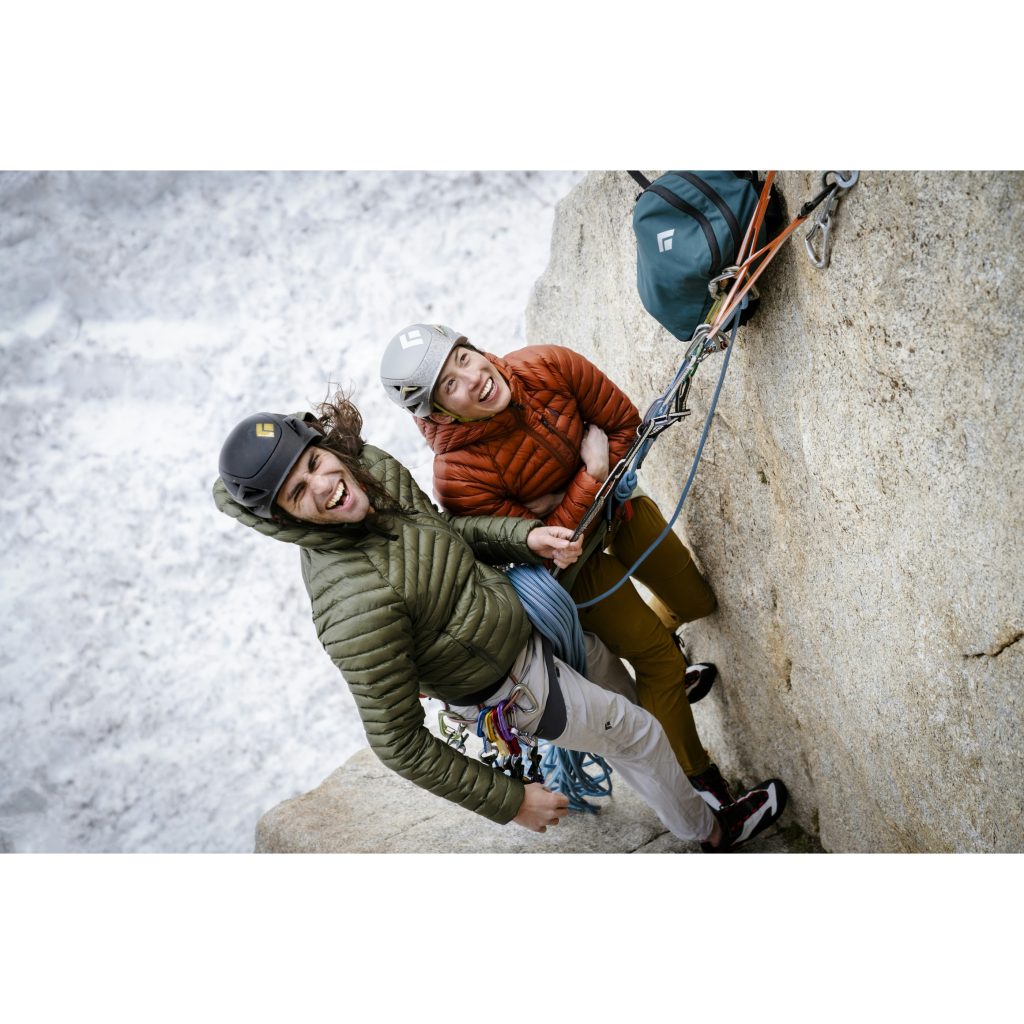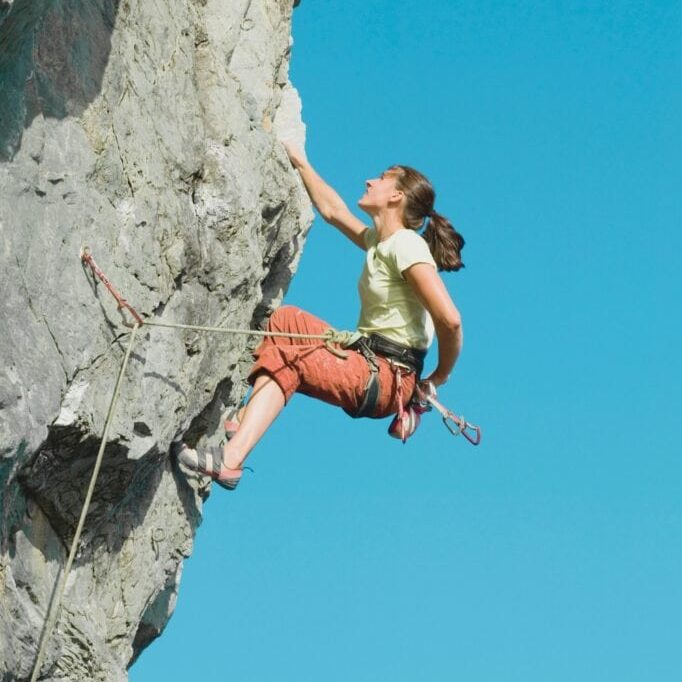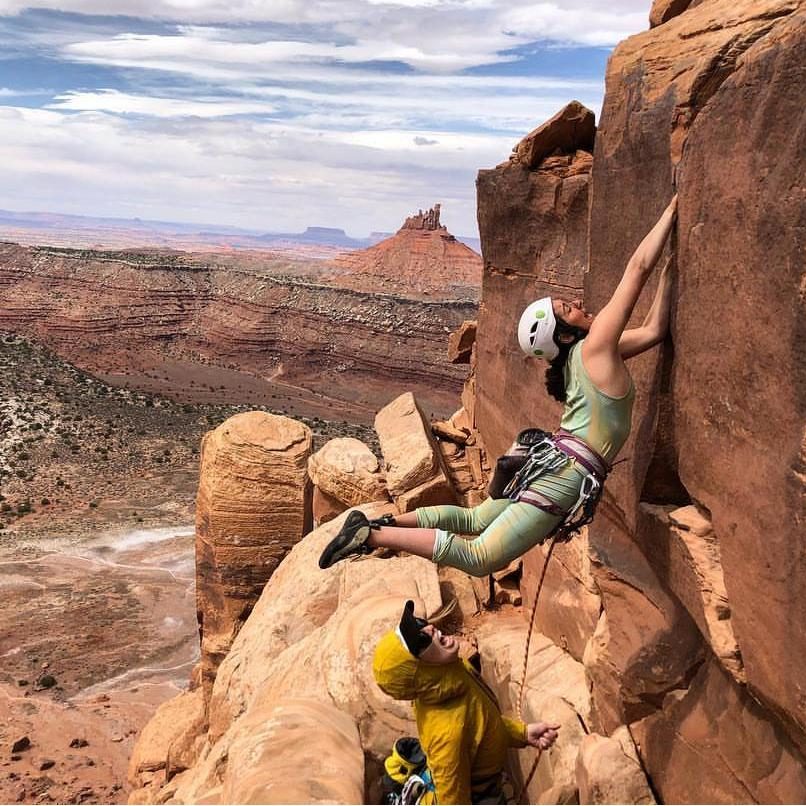Introduction to Rock Climbing Attire
Rock climbing is an exhilarating sport that requires proper gear and clothing for safety and optimal performance. Wearing the right attire can enhance your comfort, flexibility, and overall experience while climbing. The goal is to choose clothing that allows for freedom of movement, provides adequate protection, and can withstand the rigors of the climbing environment. This article will explore what to wear for rock climbing, covering essential clothing items and accessories that cater to different types of climbing, such as indoor, bouldering, and traditional outdoor climbs.
Understanding the unique requirements of each climbing style is essential for selecting the appropriate clothing. Each type of climb involves different movements and environments, influencing your choice of gear. This guide aims to equip you with the knowledge needed to choose the best clothing for a safe and enjoyable climbing experience.

Base Layers: The Foundation of Comfort
Importance of Base Layers
Base layers are the foundation of your rock climbing attire. They play a critical role in moisture management and temperature regulation. A good base layer helps wick sweat away from your skin, keeping you dry and comfortable throughout your climb. Additionally, they provide insulation during cooler weather, essential for maintaining your body temperature.
When choosing base layers, look for materials designed for athletic performance. Fabrics such as merino wool, synthetic blends, or moisture-wicking polyester are great choices. These materials not only manage moisture effectively, but they also provide warmth without bulk. Opt for long-sleeve tops and fitted leggings for added protection, especially in cooler climates.
Fit and Fabric Considerations
The fit of your base layer is vital for freedom of movement. Look for snug but comfortable options that won’t restrict your range of motion. fitted base layers should not be too tight, as this can lead to discomfort during strenuous movements. Consider options with flatlock seams to prevent chafing, especially in areas where gear may rub against your skin.
In terms of fabric, merino wool is an excellent natural option. It offers temperature regulation, breathability, and odor resistance, making it suitable for multiple climbs without frequent washing. Synthetic fabrics are lightweight and dry quickly, making them ideal for hot weather climbs. Selecting the right base layer will enhance your comfort and performance on the rock.

Climbing Tops: Finding the Right Style
Types of Climbing Tops
Choosing the right climbing top is crucial for both comfort and functionality. There are various styles to consider, including t-shirts, tank tops, and long-sleeved shirts. Each style has its own advantages depending on the conditions you will be climbing in and personal preference.
T-shirts and tank tops are suitable for warm weather and indoor climbing. They offer excellent mobility and ventilation, allowing for freedom of movement. Long-sleeved shirts provide additional protection from the sun and abrasions, making them ideal for outdoor climbs in warmer weather.
Material Choices
Selecting the right material for your climbing top is equally important. Look for tops made from moisture-wicking fabrics, which will help keep you dry and comfortable. Breathable materials that allow for airflow can enhance your comfort during intense activities.
In cooler weather, long-sleeved climbing tops made from lighter fleece or synthetic blends can offer warmth without excessive bulk. Consider UPF-rated fabrics if you plan to climb outdoors, as they can protect your skin from harmful UV rays. Choosing the right climbing tops ensures you stay comfortable and focused while ascending.

Climbing Pants and Shorts: Flexibility Matters
Types of Climbing Bottoms
Climbing pants and shorts need to balance comfort, durability, and flexibility. When it comes to climbing bottoms, you have several options, including pants, shorts, and leggings. The choice will depend on personal preference, climbing location, and weather conditions.
Climbing pants are designed to provide mobility and protection. They typically feature a relaxed fit with articulated knees for enhanced flexibility. Shorts can be a great option for warm-weather climbing, offering maximum ventilation and freedom of movement. However, ensure that the shorts fit snugly and can hold up against wear and tear.
Features to Look For
When selecting climbing bottoms, look for features such as pockets, adjustable waistbands, and reinforced areas. Pockets can be useful for carrying small items, while adjustable waistbands provide a better fit. Reinforced areas, like the knees and seat, add durability and protection against abrasions.
Materials such as stretch cotton, nylon blends, and spandex provide both durability and flexibility. Choose pants that have a water-repellent finish if you expect wet conditions. Comfort and freedom of movement should always be the top priorities when picking climbing bottoms.
Footwear: Finding the Perfect Climb
Importance of Climbing Shoes
Climbing shoes are a vital component of your rock climbing attire. They provide the necessary grip and support required for safe and effective climbing. Unlike regular shoes, climbing shoes are designed for maximum sensitivity and precision on footholds. Choosing the right shoes can significantly impact your performance.
There are different types of climbing shoes for various climbing styles, including aggressive, moderate, and neutral shoes. Aggressive shoes have a pointed toe and are ideal for sport climbing, while moderate shoes offer a balance of comfort and performance for multi-pitch climbing. Neutral shoes prioritize comfort and are suitable for beginners or all-day wear.
Fit and Comfort
When selecting climbing shoes, the fit is of utmost importance. Choose shoes that fit snugly but do not cause pain or pinching. Your toes should be close to the front without being cramped. A proper fit allows for better control and precision while climbing.
Consider factors such as material and closure system when choosing climbing shoes. Leather shoes often stretch over time, so they may require a tighter initial fit. Synthetic options hold their shape better, providing consistent fit. Closure systems, such as Velcro or laces, can affect how secure the shoes feel. Selecting the right climbing shoes ensures comfort and enhances climbing performance.
Accessories for Climbing
Chalk Bag and Chalk
A chalk bag and chalk are essential accessories for rock climbing. Applying chalk to your hands helps improve grip and reduces sweat, allowing you to climb more effectively. A chalk bag can be clipped onto your harness or belt for easy access while climbing.
When choosing a chalk bag, look for one that is easy to open and close, with a secure closure to avoid accidental spills. Many climbers prefer bags with fleece lining for easy chalk application. A convenient and well-designed chalk bag can enhance your climbing experience significantly.
Other Essential Accessories
In addition to a chalk bag, consider carrying other essential accessories. A climbing harness is vital for safety, as it connects you to the climbing rope. Select one that fits comfortably and provides the necessary support for your climbing style.
Other accessories may include a helmet for protection from falling debris, climbing gloves for added grip, and a water bottle to stay hydrated. Each accessory plays a unique role in ensuring a safe and enjoyable climbing experience. Prioritizing these accessories will allow you to focus on climbing while ensuring necessary safety measures are in place.
Dressing for Weather Conditions
Adapting to Temperature Changes
When rock climbing, it’s essential to dress appropriately for the weather conditions. Temperature can change dramatically, especially when climbing at altitude. Dressing in layers can allow for better temperature regulation, making it comfortable to climb in varying conditions.
Base layers can be paired with insulating layers to provide warmth. In cooler weather, consider adding fleece or a lightweight jacket that can easily be removed when climbing. For warm conditions, wearing moisture-wicking fabrics will help keep you cool and comfortable.
Rain and Wind Protection
When climbing in unpredictable weather or when rain is in the forecast, protective outer layers are necessary. A lightweight, breathable, and waterproof jacket can shield you from rain and wind without excessive bulk. Look for jackets with adjustable cuffs and hoods to enhance their protective qualities.
Choosing pants that are water-resistant or resistant to wind can also make a big difference in your comfort while climbing. Be prepared for sudden weather changes by keeping emergency layers accessible in your pack. Dressing for various weather conditions will ensure you can continue your climb safely and comfortably.
Conclusion: Gear Up for a Safe Climb
In conclusion, knowing what to wear for rock climbing is crucial for a safe and enjoyable experience. From base layers to climbing shoes, each piece of clothing and accessory plays a significant role in your comfort and performance. Understanding the functions of various items helps you prepare for different climbing settings, whether indoors or outdoors.
By investing in appropriate climbing attire and gear, climbers can enhance their confidence and ability on the wall. Selecting comfortable, durable, and functional clothing will allow you to focus on the climb rather than discomfort or limitations. Embrace the adventure of rock climbing, knowing you are equipped with the right gear for your journey.
As you embark on your climbing adventures, remember to prioritize safety and comfort. Continuously explore the world of climbing and look for opportunities to expand your knowledge and skills. With the right clothing and gear, you can fully enjoy the exhilaration of rock climbing and embrace the great outdoors with confidence.
